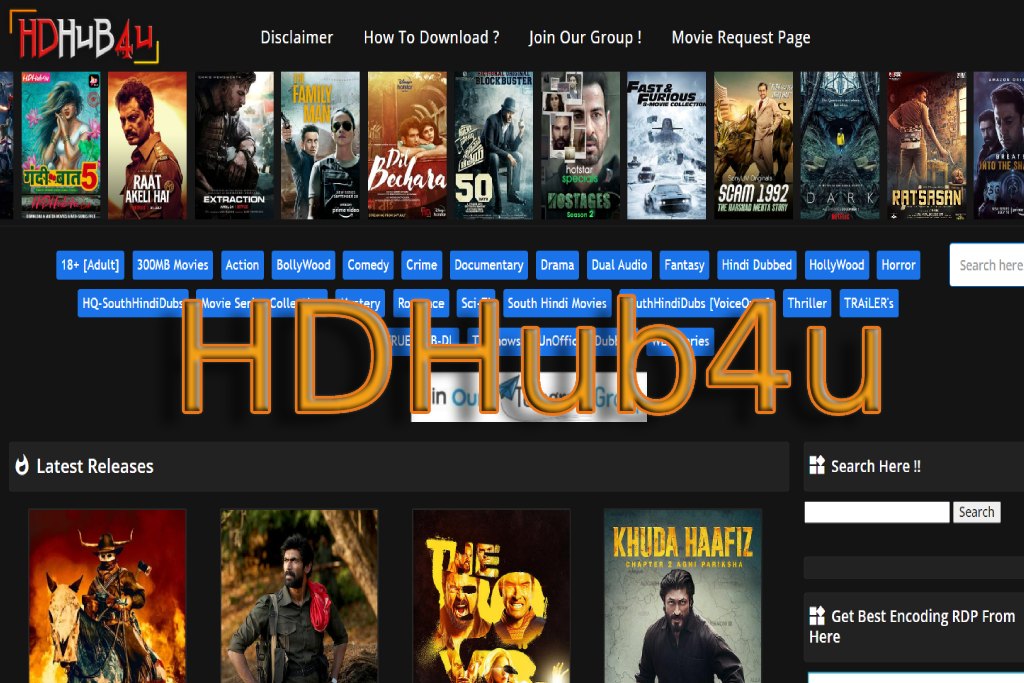How To Improve Long-term Financial Results With Budgeting

Although I still find many companies of a specific size in the market that do not use an annual budget, companies must learn to have a strategic vision of the budget to improve their long-term financial results. A strategic view of the budget can help us maximize income and reduce your expenses.
There are three main reasons why it is essential for companies to take a strategic view of the budget instead of simply focusing on the numbers:
A strategic approach to budgeting allows the company to align its financial objectives with its long-term business objectives. Instead of just focusing on the numbers, a strategic approach to budgeting enables the company to consider long-term impacts and make more informed decisions about resource allocation.
In addition, it allows the company to identify areas of opportunity for investment and continuous improvement. By focusing on long-term business objectives, the company can identify areas where resources can be better used to achieve those objectives.
Ultimately, a strategic view of the budget allows the company to make more informed and effective decisions that can improve the company’s long-term profitability and success rather than simply focusing on short-term numbers.
Table of Contents
How Can A Company Identify Opportunity Areas For Investment And Continuous Improvement?
Through financial analysis, customer feedback, competitor research, and analysis of internal processes.
- Financial analysis: The company can perform a financial analysis to identify the areas of the company that are generating more significant income and those that are not. This can help identify areas where you can invest more to reap more essential benefits.
- Surveys and customer feedback: We can also conduct surveys and request feedback from customers to identify areas in which the company can improve. This can help identify opportunities to improve the quality of the product or service offered, which can lead to a greater return on investment.
- Competitor Analysis: A competitor analysis can be performed to identify areas where the competition is outperforming our company. This can help identify opportunities to improve the company’s offering and stay ahead in the market.
- Analysis of internal processes: The analysis of internal processes allows us to identify areas where processes can be improved and efficiency increased. This can help reduce costs and increase productivity.
Companies Can Maximize Their Income If They Have A Strategic Vision Of The Budget.
- Identify growth opportunities and allocate resources towards those areas. This may include introducing new products or services, expanding into new markets, or investing in marketing and advertising.
- Optimize prices: We can analyse the prices of products or services and determine if there are opportunities to increase costs or adjust them to maximize revenue.
- Reduce costs: you can analyse costs and look for ways to reduce them without compromising the quality of the product or service.
- Focus on profitable customers: this allows us to focus our resources on customers that generate the most significant revenue and profits.
- Improve efficiency in the production and delivery of products or services, which reduces costs and increases income.
If We Focus On Cost Reduction, A Strategic Vision Of The Budget Can Help Us:
- Identify areas of unnecessary expenses and take steps to reduce them. This may include eliminating products or services that do not generate profits, reducing advertising expenses, or reducing operating costs.
- Analyze the supply chain and look for ways to reduce the costs of acquiring raw materials or goods. This may include seeking alternative suppliers or negotiating lower prices with current suppliers.
- Automate processes to reduce labour costs. This may include implementing process automation software or adopting technologies that increase production efficiency.
- Reduce energy costs, such as optimizing lighting or implementing energy-efficient technologies.
- Improve inventory management: reducing storage costs and eliminating inventory overload.
What Are Some Common Mistakes Companies Make When Implementing A Strategic Budget?
Implementing a strategic budget can be a challenging process for businesses, and several mistakes can be made along the way. Here are some common mistakes that companies should avoid when implementing a strategic budget:
- Not aligning the budget with the overall strategy: It is essential to ensure that the budget reflects the company’s priorities and objectives and that it serves as a tool to achieve those objectives.
- Focusing too much on short-term goals: While it is essential to meet short-term goals, it is equally important to consider the long-term impact of budget decisions.
- Failure to involve critical stakeholders: This can lead to a lack of commitment and support for the budget, which can hinder its implementation and success.
- Overestimating income or underestimating expenses: This can lead to unrealistic expectations and the inability to meet budget goals.
- Failure to monitor and adjust the budget: A common mistake is developing the budget and then not monitoring and adjusting it as necessary. It is essential to periodically review the budget and make any adjustments required to ensure it remains aligned with the company’s goals and priorities.
How Can Companies Ensure Their Budget Is Aligned With Their Overall Strategy?
- Define the company’s strategic objectives: they must be clear, measurable, and aligned with the company’s mission and values.
- Determine the resources needed to achieve the objectives: This includes identifying the key initiatives, projects, and programs that will support the strategic objectives.
- Develop a budget plan aligned with strategic objectives. This includes allocating resources to key initiatives, projects, and programs that will support strategic objectives.
- Review and adjust the budget plan periodically and adjust as necessary to ensure it remains aligned with the company’s strategic objectives. We are monitoring progress toward goals and making adjustments to the budget plan as necessary.
- Communicate the budget plan to all relevant stakeholders, including employees, investors, and customers. This helps ensure that everyone understands the company’s strategic goals and the resources needed to achieve them.
In order to maintain focus on the importance of the budget in the long term, we can define a series of indicators that help us identify deviations and apply corrective measures.
Key Indicators (KPI) – All Acronyms Correspond To The Original Names In English.
- Customer Acquisition Cost (CAC): Takes into account all the costs associated with acquiring a new customer, such as marketing and sales expenses, divided by the number of new customers received within a specific period. By monitoring CAC, businesses can ensure they are spending less on customer acquisition and can adjust their marketing and sales strategies as necessary.
For example, if a company’s CAC is increasing, it may be an indication that its marketing or sales strategies are less effective than before. In response, the company may need to shift its marketing focus to a new target audience or invest in new sales channels to reduce CAC.
- Customer Lifetime Value (CLV): This KPI measures the total amount of revenue a business can expect to generate from a single customer throughout its relationship with the company. By monitoring CLV, businesses can determine how much they can spend to acquire and retain customers.
- Gross Profit Margin (GPM): This KPI measures the percentage of revenue left after deducting the cost of goods sold. By monitoring GPM, companies can determine the profitability of their products or services and make adjustments as necessary.
- Return on investment (ROI): By measuring the return on investment on a particular project or initiative, we can determine if the investment is generating a positive return and make adjustments as necessary.
- Inventory Turnover: This KPI measures how quickly a business can sell its inventory and allows us to ensure we are keeping the list that could block cash flow and create inefficiencies.
- Employee turnover rate: to find out the percentage of employees who leave the company during a specific period. This tells us how well we are retaining employees and identifying areas for improvement.
Also Read: FinTech’s Are The Digitization Drivers Of The Financial Sector






